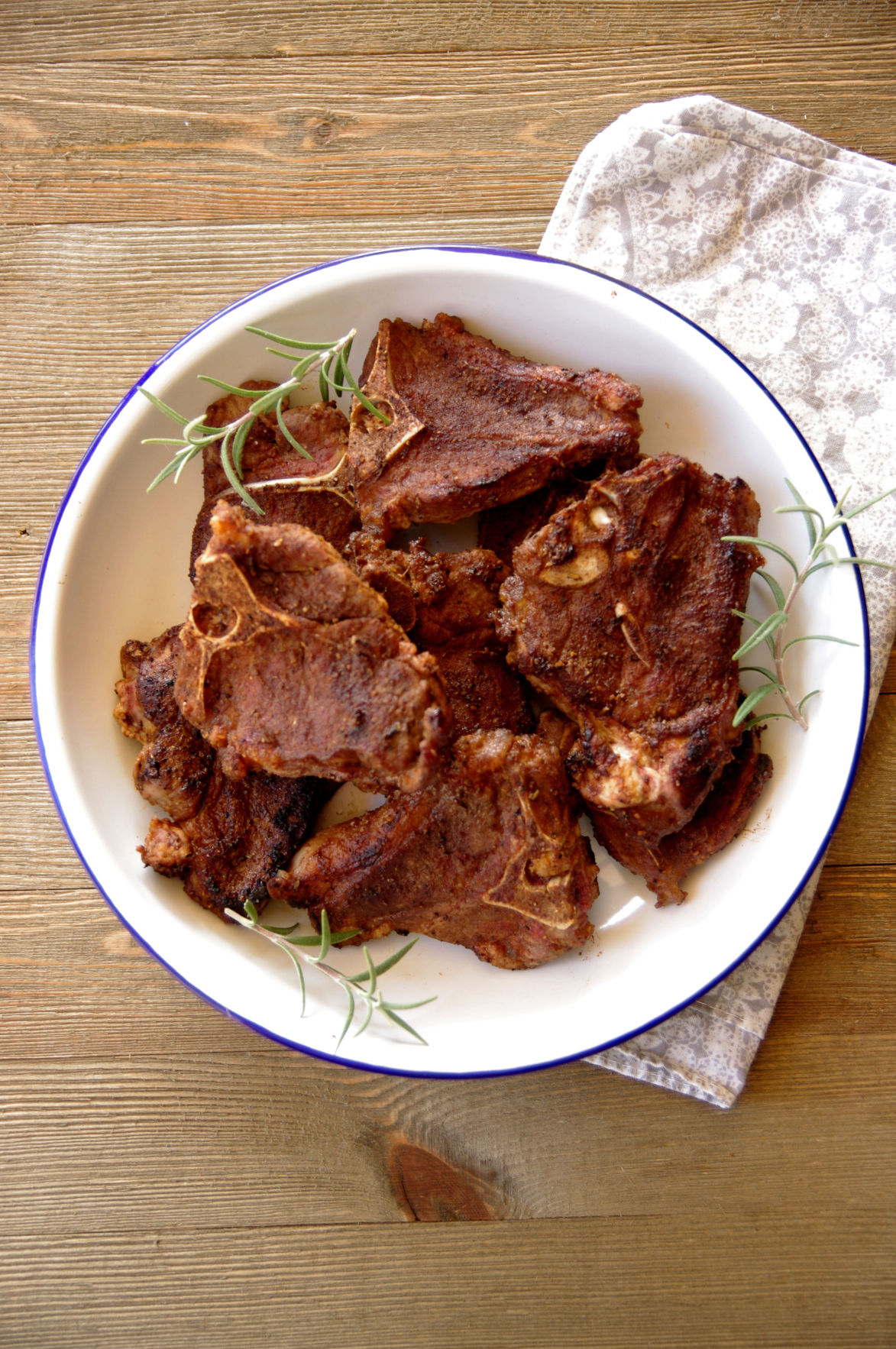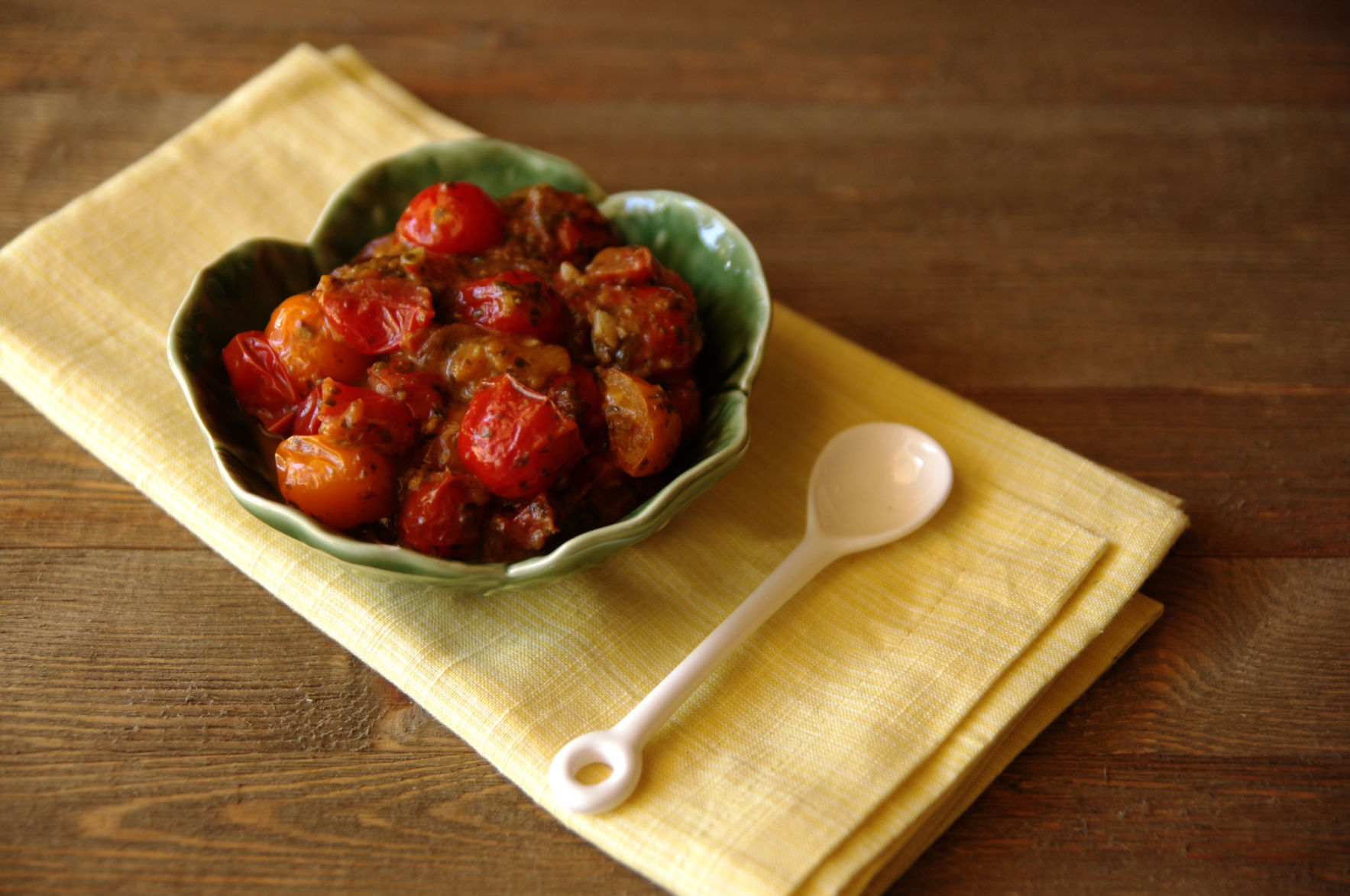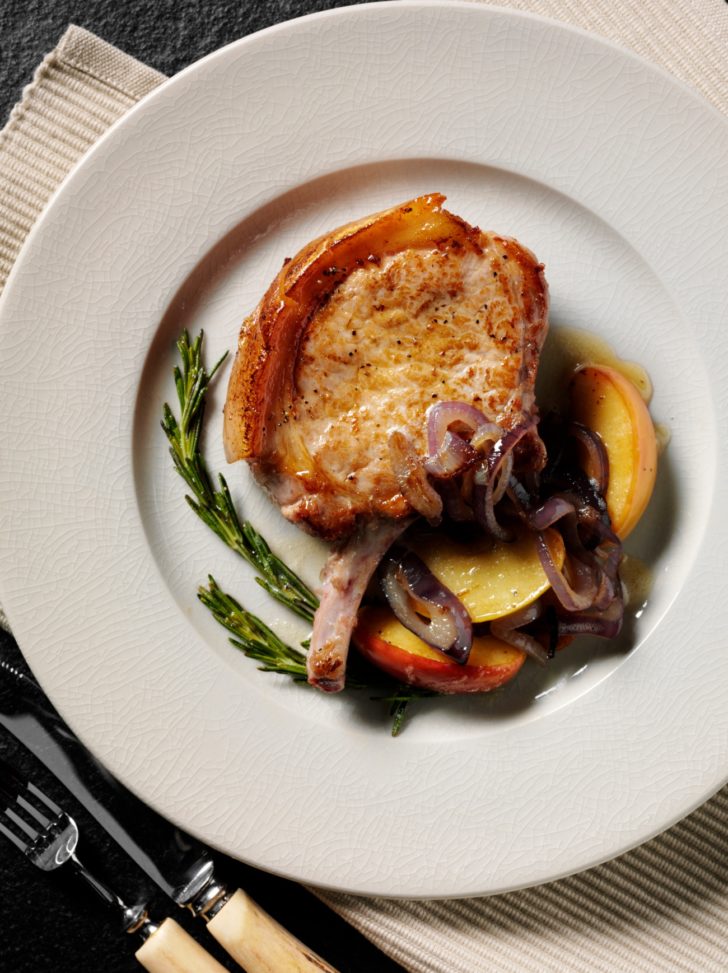

It comes from the rack primal cut, which is a cut of the ribs. There are many different cuts of lamb, but in terms of choosing one for an Easter feast, the most popular are:Ī lamb rack is the same cut as the popular beef prime rib. And again, like so many things, the cuts may have different names depending on where you live. The primal cuts of a sheep carcass are very similar to those used with beef, but the final cuts are different because of the smaller size of the animal and the differing musculature. Especially for a special treat like Easter lunch or Christmas dinner. There’s also a simple size factor at play, While much of the infrastructure required to raise sheep is the same as that required to raise cattle, sheep are much smaller animals, resulting in significantly less meat per animal.Īs a result lamb is significantly more expensive to get to market than beef, and therefore more expensive for us to buy.

This requires more space, making raising sheep more expensive. Their stress levels lead to poor-quality meat, disease and worse, which means they need to be raised on pasture, in paddocks. Sheep however don’t cope with feedlot conditions. They’re fed in troughs and generally cope with the situation fairly well. Much of the beef we eat today is “factory-farmed”, meaning the animals are kept in close proximity to each other in pens in a feedlot. And there are a couple of reasons for this. Regardless of whether you’re buying local or imported lamb, it is one of the most expensive red meats you can buy. It also produces milder flavoured meat, which some lamb-eaters prefer over the stronger grass-fed taste. This results in more heavily marbled, less lean meat. In the US, lamb tends to be grass-fed for most of it’s life but then fattened at the end of it’s life on grain (known as grain-finishing).

It also produces a stronger flavoured meat, which some people describe as more “gamey”. Grass-fed lamb tends to be leaner than grain-fed lamb. In the latter southern countries, lamb is raised almost exclusively on pasture, often known as grass-fed when buying meat. It might seem like lamb is lamb, but there is an important difference in how sheep are fed in the US compared with how it’s done in Australia and New Zealand. American lamb vs Australian or New Zealand lamb The flavour is noticeably stronger in older animals, and is also heavily influenced by what the sheep eats. The flavour is concentrated in the fat of the meat, so cutting off as much fat as possible before cooking will reduce the flavour if you’re preparing it for someone who finds it a bit overpowering. The flavour difference is due to a type of fatty acid that is more prevalent in sheep (and goats) than in cattle. Lamb is a red meat, not dissimilar to beef in texture, but quite different in taste.Ĭompared to beef, lamb has a stronger flavour and aroma, with the difference best described as earthy, grassy or gamey. In the US, lamb refers to any sheep meat products, regardless of age, however most lamb meat sold in the US is about 12 to 14 months of age.

The meat of older animals is generally referred to as mutton. In the UK, Australia and New Zealand, lamb refers only to the meat of a young sheep (up to 12 months of age).Depending on where you live, the specific term lamb can have different meanings: If you’re not familiar with lamb, choosing the right cut for Easter can all seem a bit overwhelming, especially given how expensive a meat it is.


 0 kommentar(er)
0 kommentar(er)
